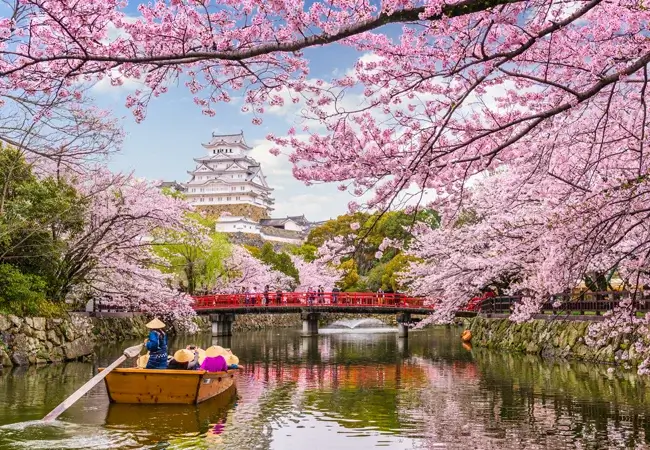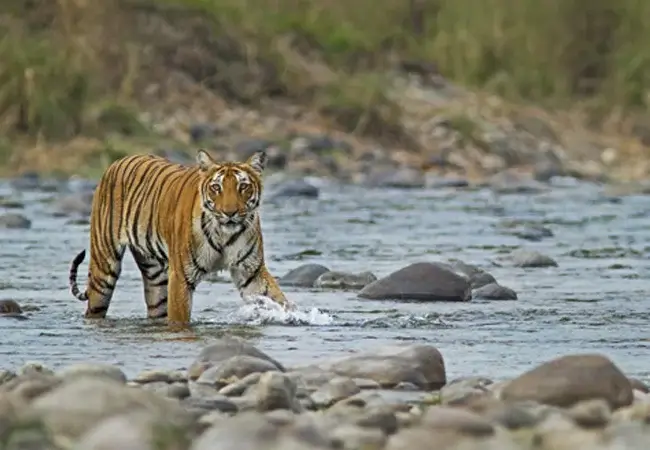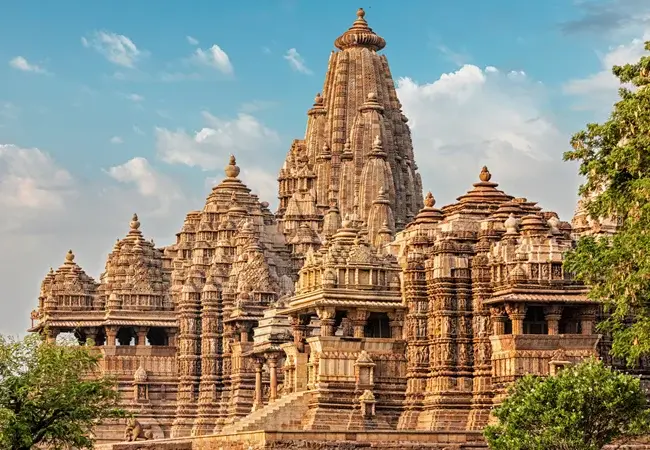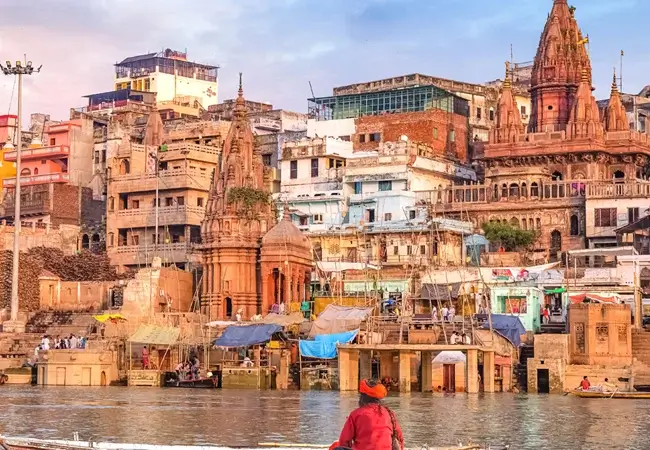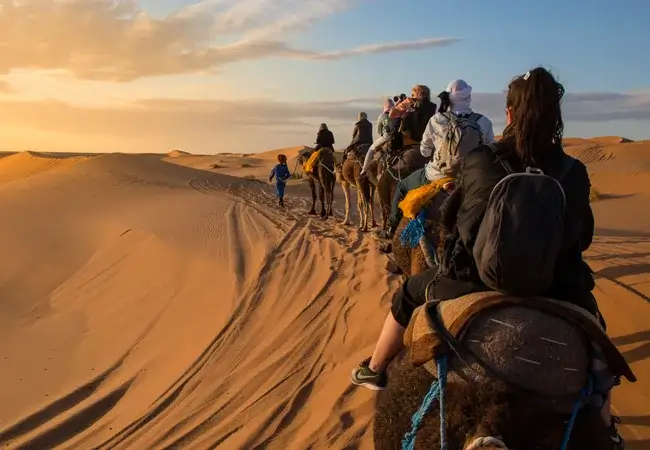Do you want to explore the rich abundance of flora and fauna of the northeast? Do you want to transport your soul into a place where you end up feeling the most alive? Are you one of such adventure-freak souls who want to give an adrenaline rush to your body and learn more about wildlife and its components? Then what are you waiting for? Call your travel agent and book a tour package to the famous national park of the northeast- Kaziranga National Park.
It is considered to be one of the most popular national parks of the northeast which is known worldwide for its one-horned rhino. Therefore, UNESCO has declared it a World Heritage Site. This protected region falls between two districts of Assam namely Golaghat and Nagaon and is home to two-thirds of the World’s great one-horned rhinoceroses. There was a census held in the year 2018 that was jointly conducted by the Forest Department of the Government of Assam and some recognized wildlife NGOs. According to this census, the number of rhinos present in Kaziranga National Park is 2,413 out of which 1,641 are adult rhinos; 387 sub-adults, and 385 calves.
Kaziranga National Park also holds the title of being a tiger reserve that it received in the year 2006. Apart from one-horned rhinos and tigers, this national park is also home to large breeding populations of elephants, wild water buffalo, and swamp deer. Moreover, BirdLife International for the conservation of avifaunal species has also recognized it to be an important Bird Area. In comparison to other protected areas across the country, Kaziranga National Park’s performance in wildlife conservation is worth mentioning. Since it is situated on the edge of the Eastern Himalaya biodiversity hotspot, the park is a perfect blend of high species diversity as well as visibility.
The presence of tall elephant grass and marshland, accompanied by dense tropical moist broadleaf forests has made this national park a biodiversity-rich area with a balanced ecosystem. Also, it is surrounded by four major rivers including the mighty Brahmaputra. Due to its tremendous popularity, Kaziranga has been the theme for several documentaries, books as well as songs.

The visitors arrive here every year to explore the rich abundance of flora and fauna and book guided tours for elephant or jeep safari. It is to be noted that the park authorities do not allow hiking here in order to avoid probable human-animal conflicts. There are observational towers located at Sohola, Mihimukh, Kathpara, Foliamari, and Harmoti for wildlife viewing. Besides, the park authorities have taken the initiative to set up an interpretation center at the Bagori range of Kaziranga to help visitors learn more about the park.
Kaziranga National Park remains closed during monsoons due to heavy rainfall (May to end-October). There are 4 tourist lodges and three tourist lodges that the visitors can book for their stay at Kaziranga that are being maintained by the Department of Environment and Forests, Government of Assam. However, private resorts are also available outside the park borders. Due to the increase in tourist inflow, the economy of the region is witnessing a positive shift, leading to economic empowerment.

It is the latest attraction of Kaziranga National Park that has been set up recently and is attracting a lot of tourists from all parts of the globe. This biodiversity park occupies a major portion of Durgapur village and is known to house more than 500 species of orchids, 132 varieties of sour fruits and leafy vegetables, 12 species of cane, 46 species of bamboo, and a large variety of local fishes.
Also known as Hoolock, the Hoolock gibbon is considered to be one of the major tourist attractions in Kaziranga National Park. Both male and female gibbons share a similarity in their sizes but differ in body color because the males are black colored with remarkable white brows but the females are surrounded by grey-brown fur (darker at the chest and neck). The presence of white rings around the eyes as well as the mouth is also prominent in Hoolock gibbons, giving their face a mask-like appearance.
Hoolocks are mostly found in the northwestern region, starting from Assam in northeast India to Myanmar. However, small populations also inhabit eastern Bangladesh as well as southeast China. Just like other gibbons, they are also known to be diurnal and arboreal as well, brachiating through the trees with their long arms. These gibbons always live together in monogamous pairs and also can generate calls that serve to locate family members apart from warding off other gibbons from their territory.

It is commonly found in Asian countries such as Nepal, Bhutan, Pakistan, and India (Assam). It remained confined to the tall grasslands and forests present in the foothills of the Himalayas. Though this animal is known to have an excellent sense of hearing and smell, it also has poor eyesight.
The Indian government has taken some serious steps to conserve this national heritage with the help of the World Wildlife Fund (WWF). Apart from Kaziranga National Park, Manas National Park in the Baksa district of Assam and Pobitora forest reserve in the Morigaon district of Assam (having the highest rhino density in the World) are homes for this endangered animal and remain protected under the supervision of the forest officials.

Besides being the home to an endangered species (the great one-horned rhino), Kaziranga is also home to different floral species and has an abundant biodiversity, spread across the length and breadth of the park. The mighty Brahmaputra, accompanied by its tributaries that tend to deposit slits along the river beds and also inside the premises of Kaziranga during floods increases the soil fertility of this area due to which a wide growth of various floral species occurs. Hence, Kaziranga comprises mixed vegetation of eastern wet alluvial grasslands, semi-evergreen forests, and tropical moist deciduous forests.

Kaziranga is also considered to be heaven for bird lovers and ornithologists as well due to the presence of over 470 species of both resident and migratory birds. Some of the species of birds that the visitors can spot in Kaziranga National Park are the Fulvous Whistling Duck, Lesser Whistling Duck, Greater White-fronted Goose, Bar-headed Goose, Ruddy Shelduck, Yellow-legged Buttonquail, Barred Buttonquail, and many more.

The forest department of Kaziranga National Park tends to organize Jeep as well as elephant safaris to the interiors of four (4) different wildlife ranges. Since this park is spread across an area of approximately 400 sq km, it becomes compulsory for the visitors to take either jeep or elephant safari. There are four major safari ranges at Kaziranga Park namely:
- Kohora or the Central Safari Zone
- Bagori or the Western Safari Zone
- Agoratoli or the Eastern Safari Zone
- Burapahar or the Ghorakati Safari Zone

The elephant safari is conducted in the Kohora and Bagori ranges while the jeep safari is conducted in the Kohora, Bagori, Burapahar, and Agoratoli ranges. There are two slots (5.30 am and 6:30 am in the morning) allotted for the elephant safari in Kaziranga National Park. Visitors can opt for either online or offline booking but online booking is preferable.
The best time to visit Kaziranga National Park is during winter, from November to February when the temperature remains pleasant and ideal for travelling. Besides, this time is considered to be ideal for bird-watching tours.








